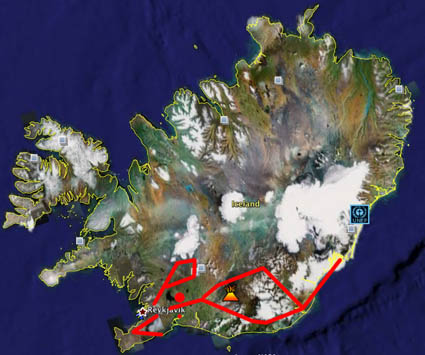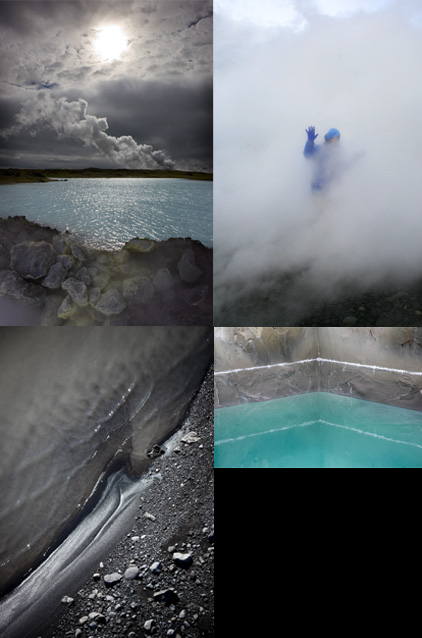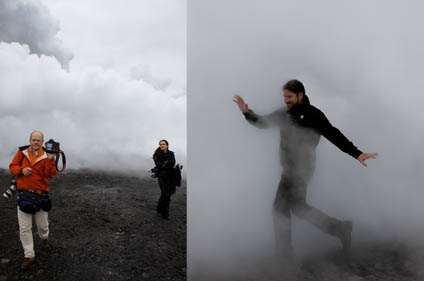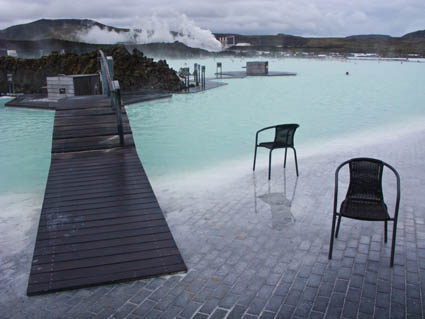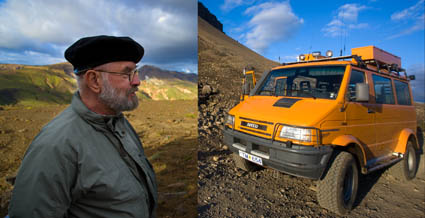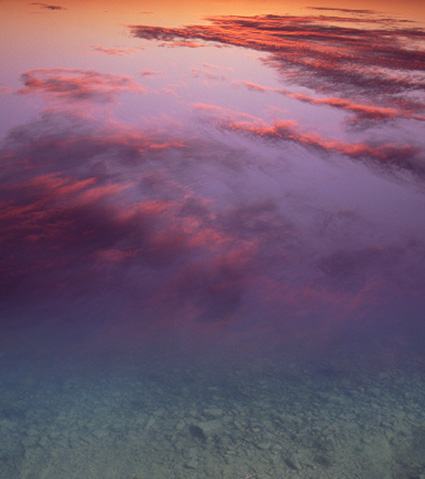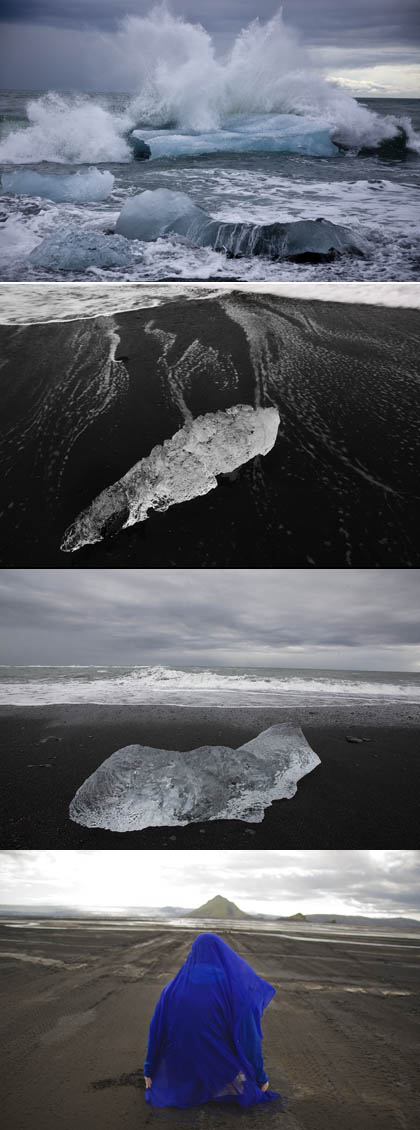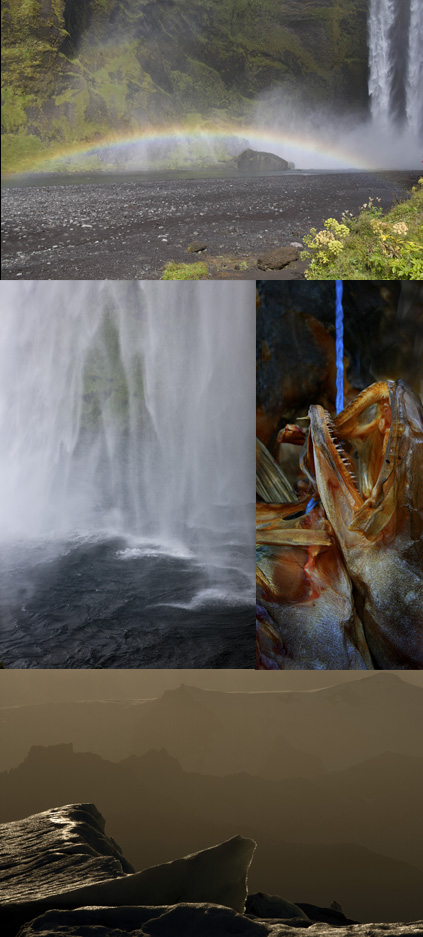Farnsworth-Munsell ColorIQ Challenge at X-Rite
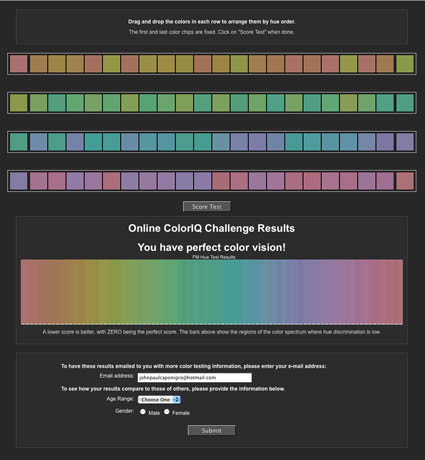
1 out of 255 women and 1 out of 12 men have some form of color vision deficiency.
How well do you see color?
Find out!
X-Rite has taken the Farnsworth-Munsell color test online.
It’s quick and free!
Find more color theory resources here.
Find more color adjustment resources here.
Learn more in my digital photography and digital printing workshops.


